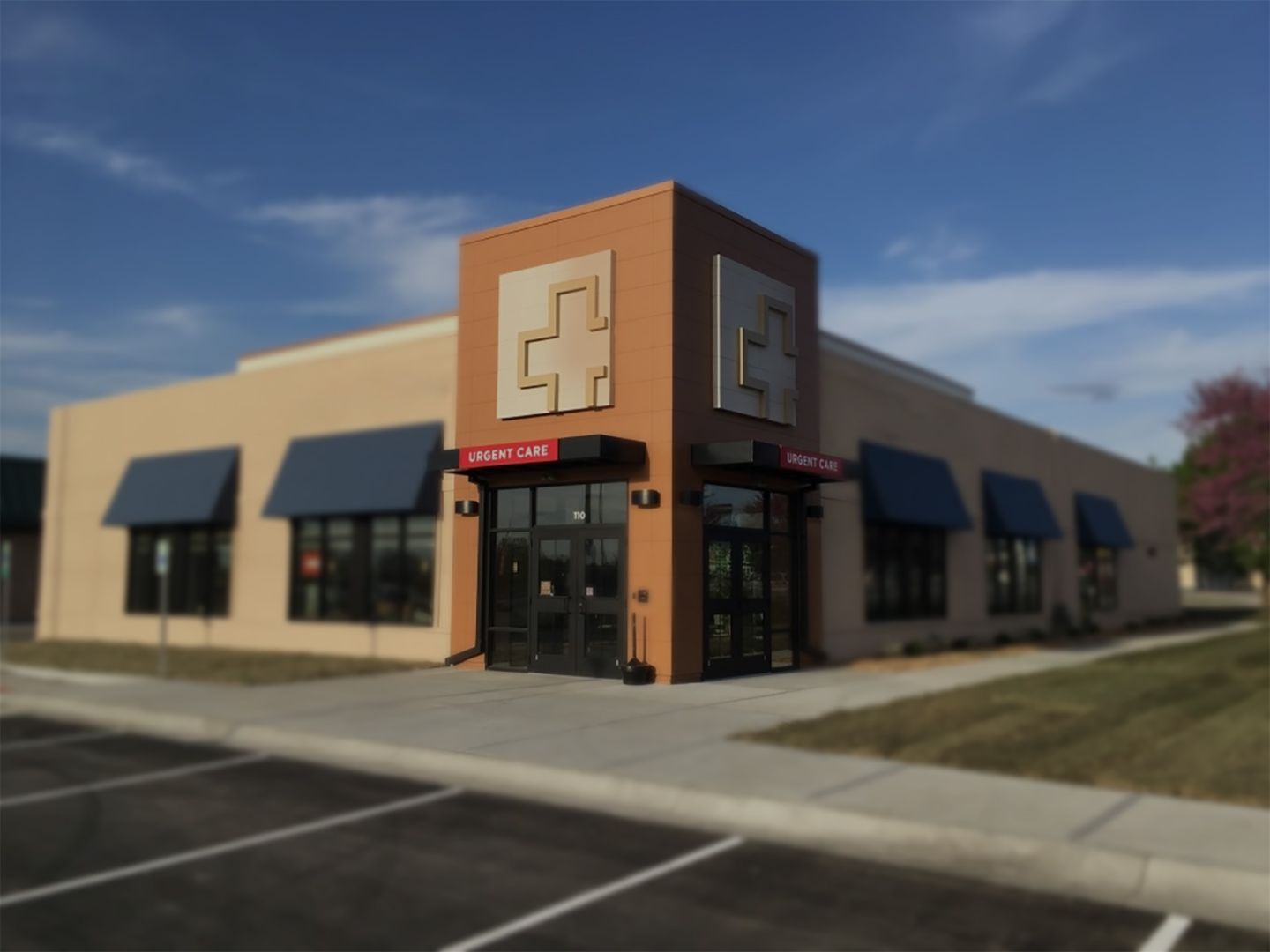In every aspect of their lives, consumers want convenience, accessibility, and the ability to make choices, and their expectations for the healthcare industry are no different.
While these expectations have made an already competitive landscape even more so for healthcare providers, it has also opened up possibilities that providers didn’t have before. Specifically, the option to move into nontraditional spaces, like retail centers, has become more common over the past few years.
Even though this trend is nothing new, it’s expected to continue as healthcare becomes increasingly consumerized. If your organization is debating making the jump into nontraditional real estate, here are three factors you should consider before you leap.
Consider Your Service Line
First, it’s important to determine if your service line is appropriate for a retail setting, and if it is, what type of retail setting. Urgent cares, for instance, typically do well in strip malls or in freestanding locations near big box stores, but not in a traditional mall setting.
When deciding this, keep in mind how much space you will need, as well as any specific infrastructure requirements you may have. Either of these could be limiting if your practice, clinic, or organization needs more space than available or can’t retrofit a property because of zoning ordinances or capital investment needs.
In general, services and service lines that are self-select, require multiple visits, and/or don’t need a referral—like primary care, urgent care, optometry, or physical therapy—tend to be better suited to retail centers. Additionally, the convenience provided by locating these services in retail settings is often important to these types of patients.
Think Like a Brand
Over the last decade, health systems have been shifting to this mindset, though many organizations have been thinking like this for much longer.
Not only should you use a retail brand mindset when looking at the characteristics of a space—including factors like parking, signage, and access to public transportation, among others—but also when evaluating cotenants.
What other brands are near a potential location? Are they competitors? Will they hurt your image, or will they bolster it in the eyes of your consumers? The answers to these questions may impact whether a consumer chooses your organization for their care.
For example, an urgent care facility with a restaurant cotenant might run into parking shortages during lunch and dinner rushes—times when both the urgent care and the restaurant are most busy and in need of parking.
Layer Your Data
In situations like this, there are a lot of moving pieces and many data types to consider. Instead of looking at each facet individually, be sure to layer each new one on top of what you already know. Doing this will build out a fuller picture of a nontraditional space.
For example, it’s one thing for an OB-GYN to use demographics to know if a potential property is near a pocket of women of child-bearing age. It’s quite another to know whether these women are likely to have children. Adding in that layer of behavioral data could make all the difference when determining the viability of a retail space. Also consider combining these insights with payor and insurance data, as well as supply and demand projections for your service line. Finally, don’t forget to factor in how telehealth will work within your real estate strategy.
Together, all of these pieces fit together to create a clearer image of where the best retail location for your organization is.
Related: Why Strategic Site Selection Matters in Urgent Care
The Bottom Line
Don’t settle for the first real estate listing that looks like it could do the trick. The “if you build it, they will come” mindset is not necessarily true anymore. Trust your data and use it to validate your gut feeling instead of relying on instinct alone. Decisions like this have too many moving parts and are too important to leave up to a lucky guess.
Ready to learn more about making the move to a nontraditional healthcare space? Check out our blog, 3 Steps for Success in Moving Healthcare Services to Retail Centers.


